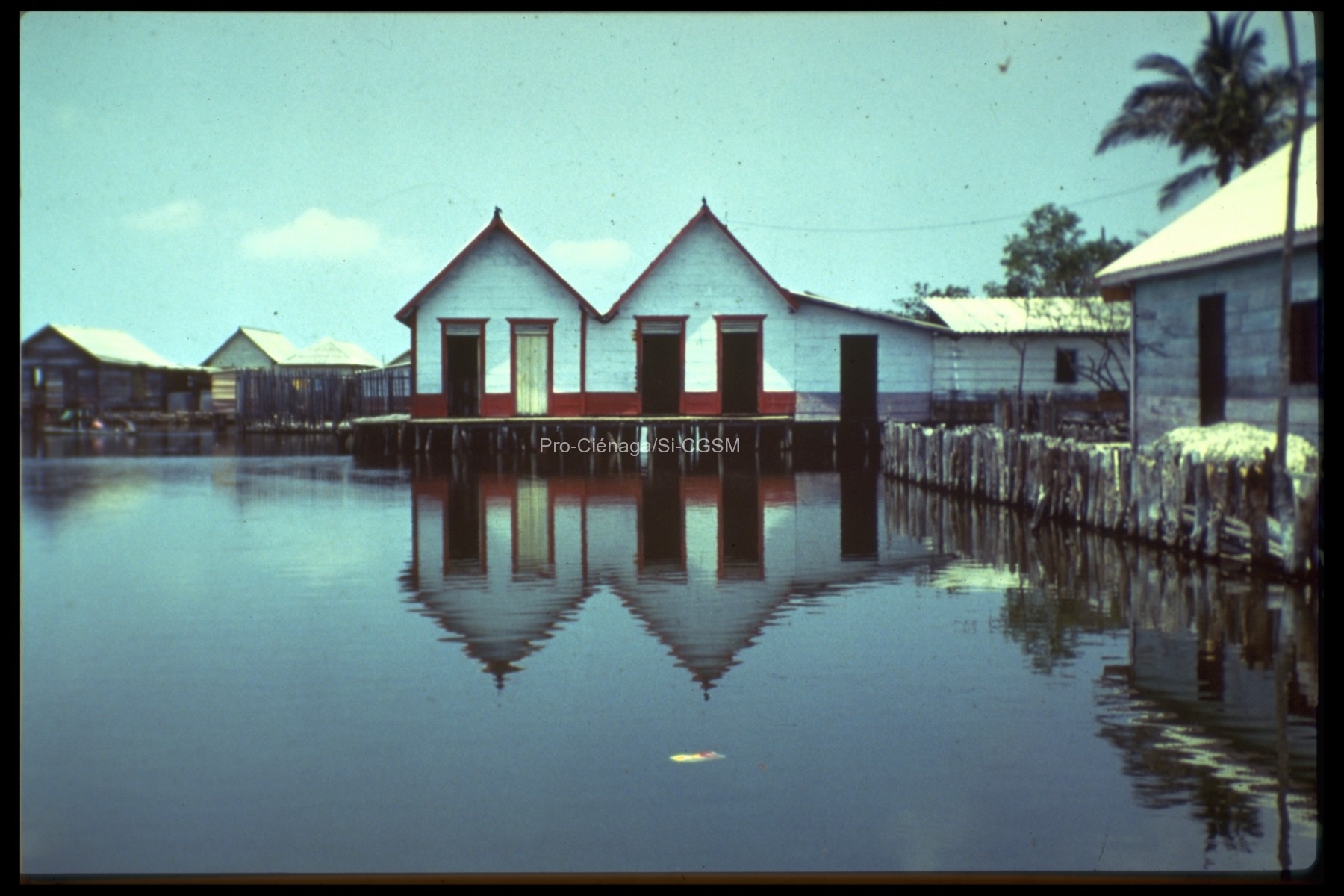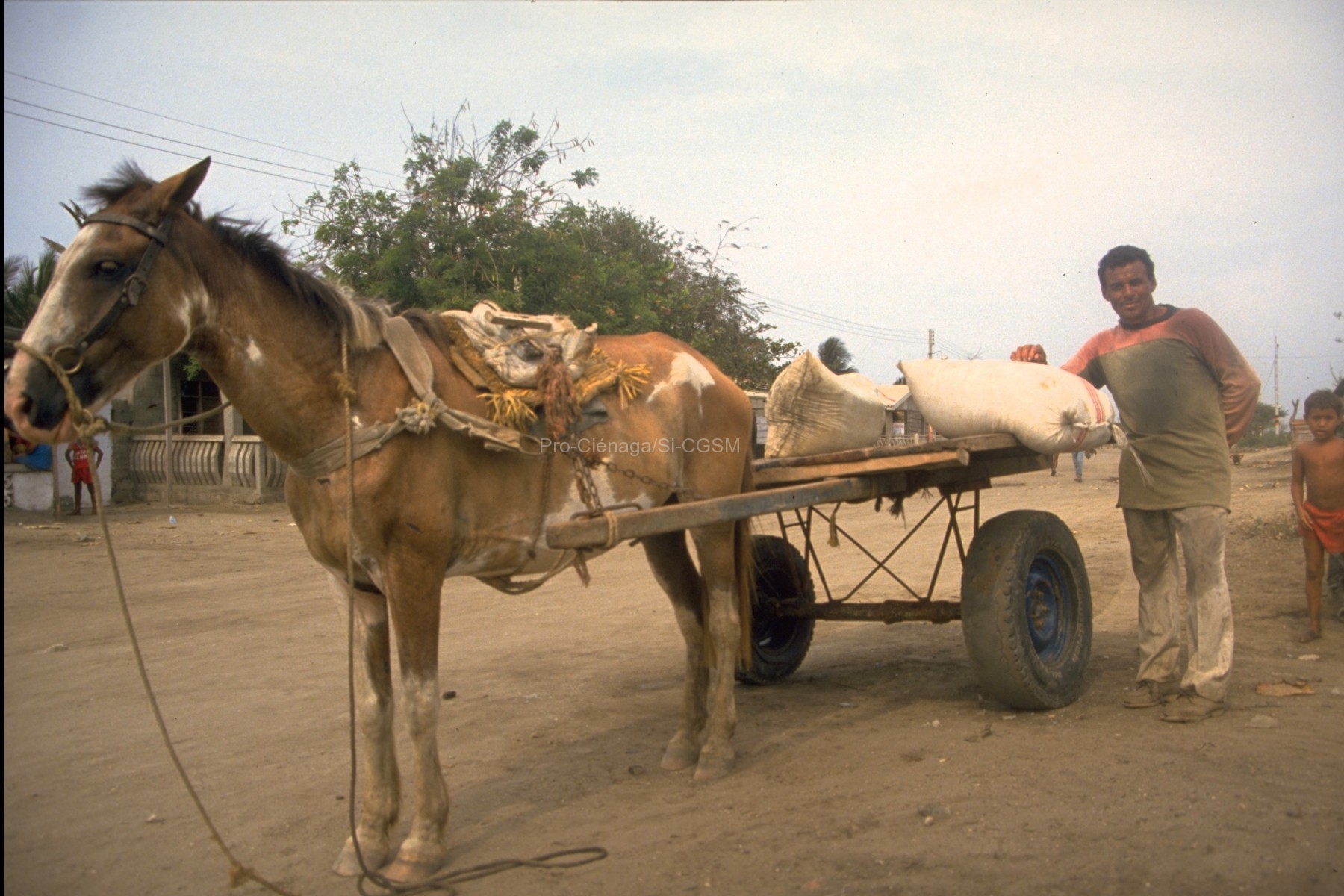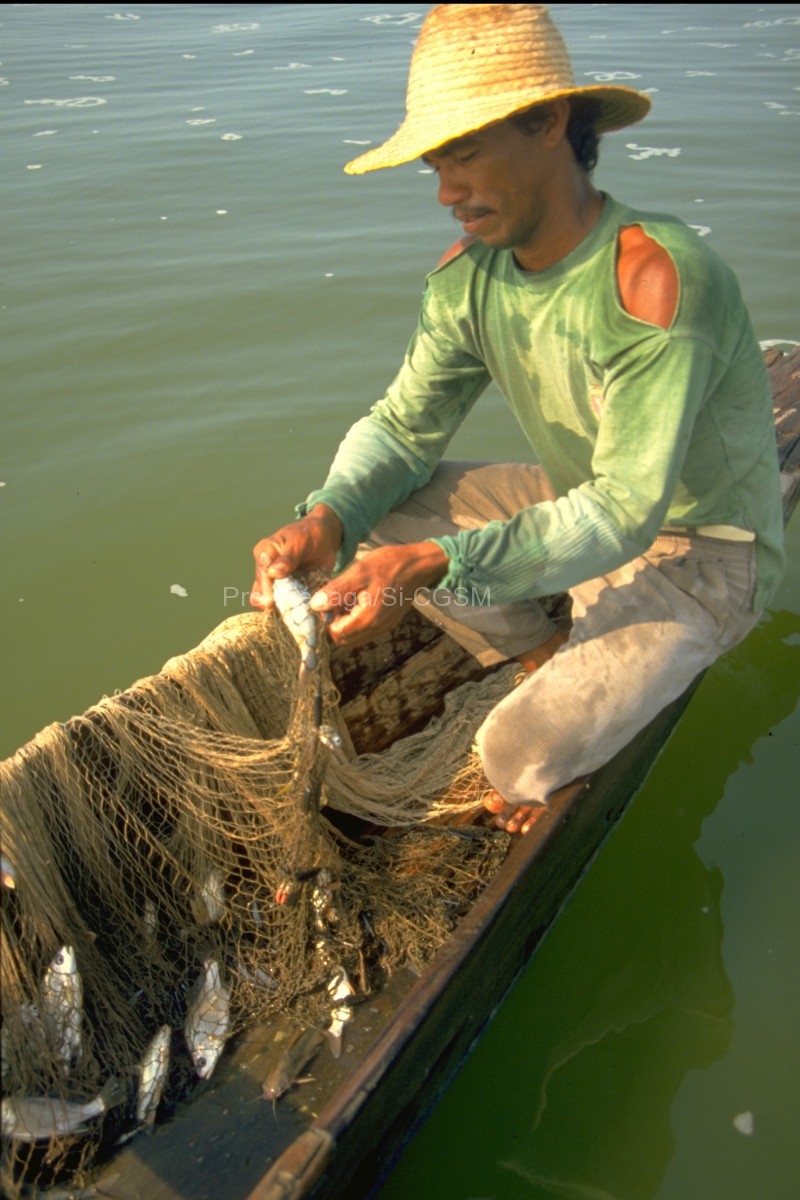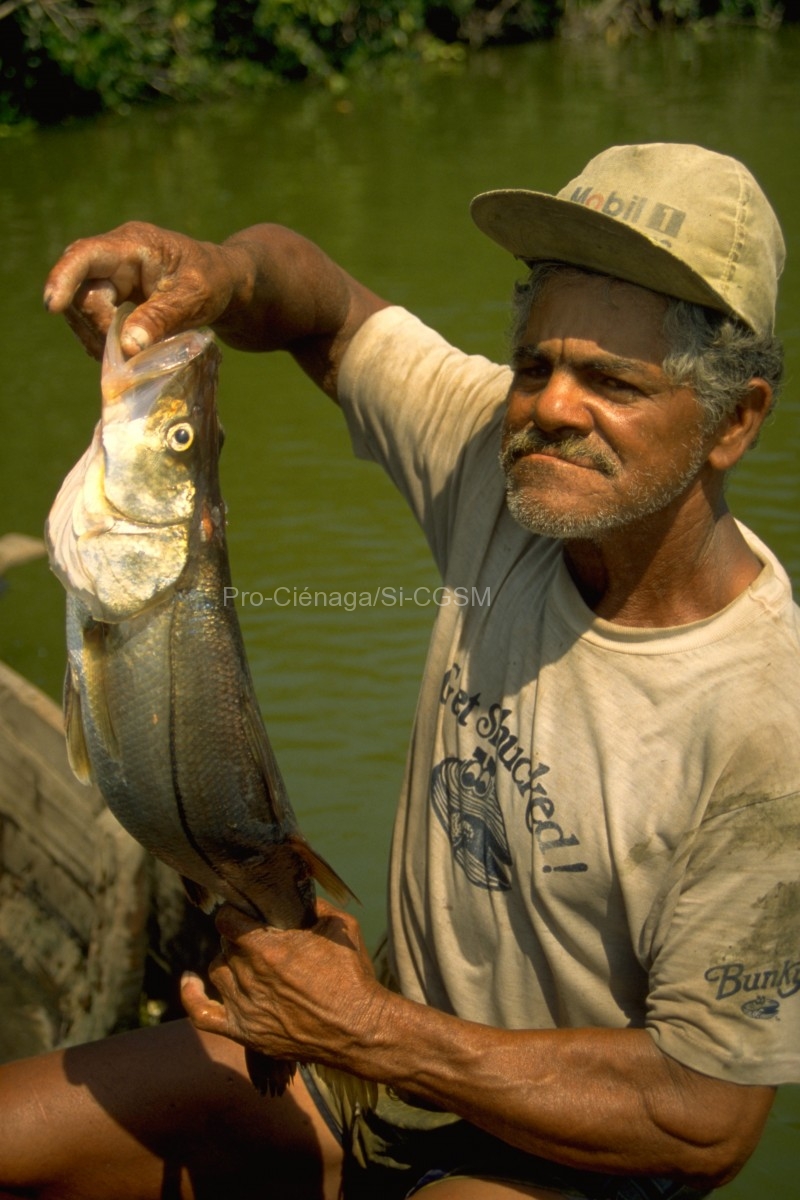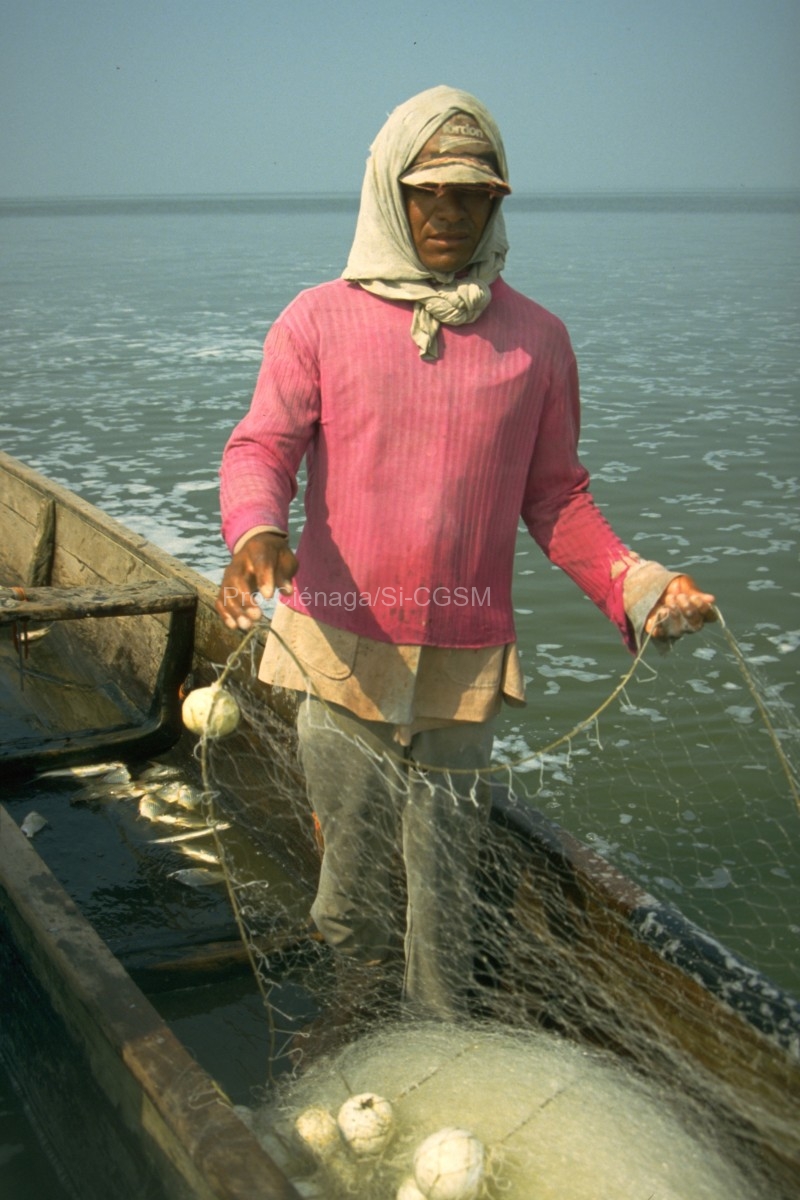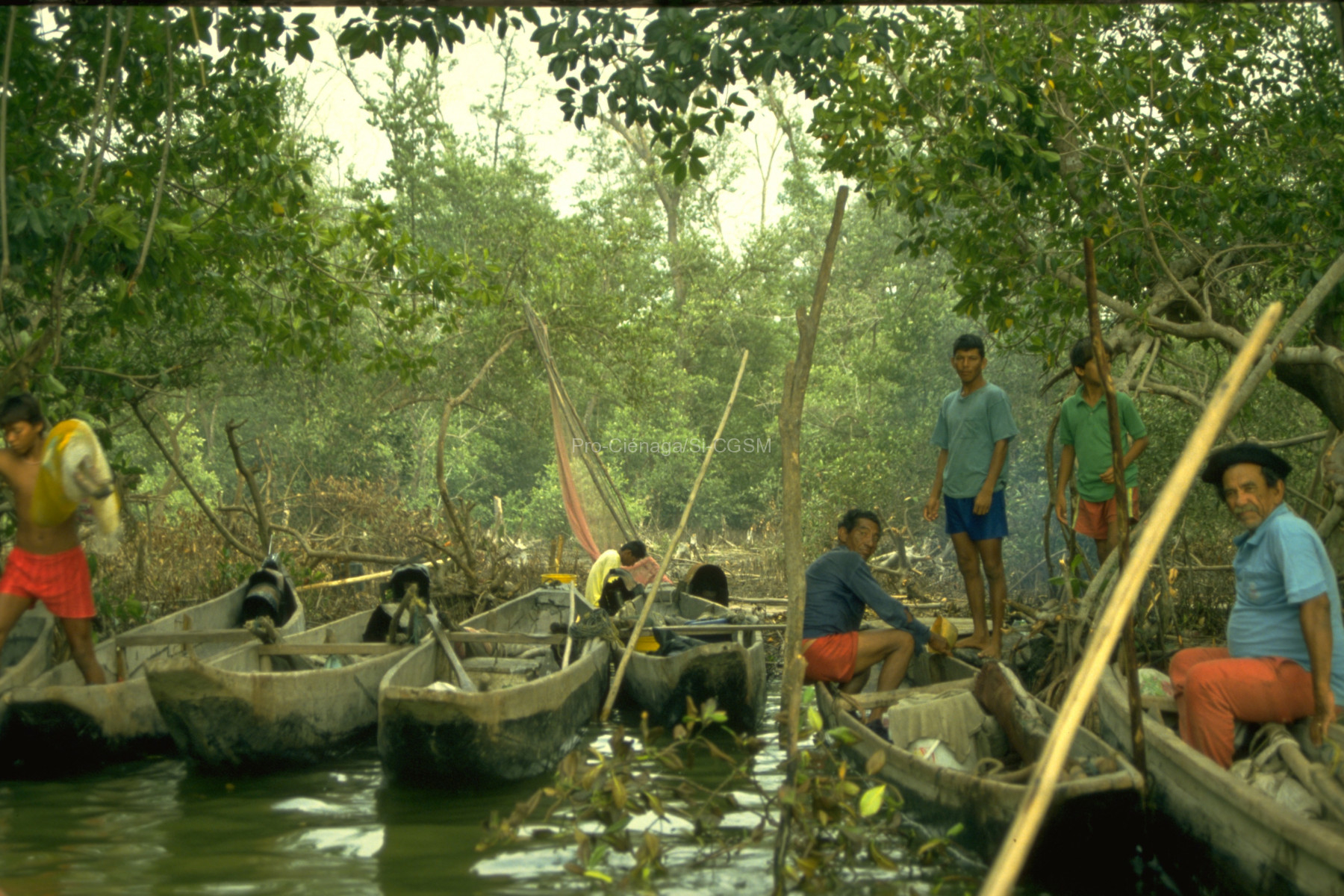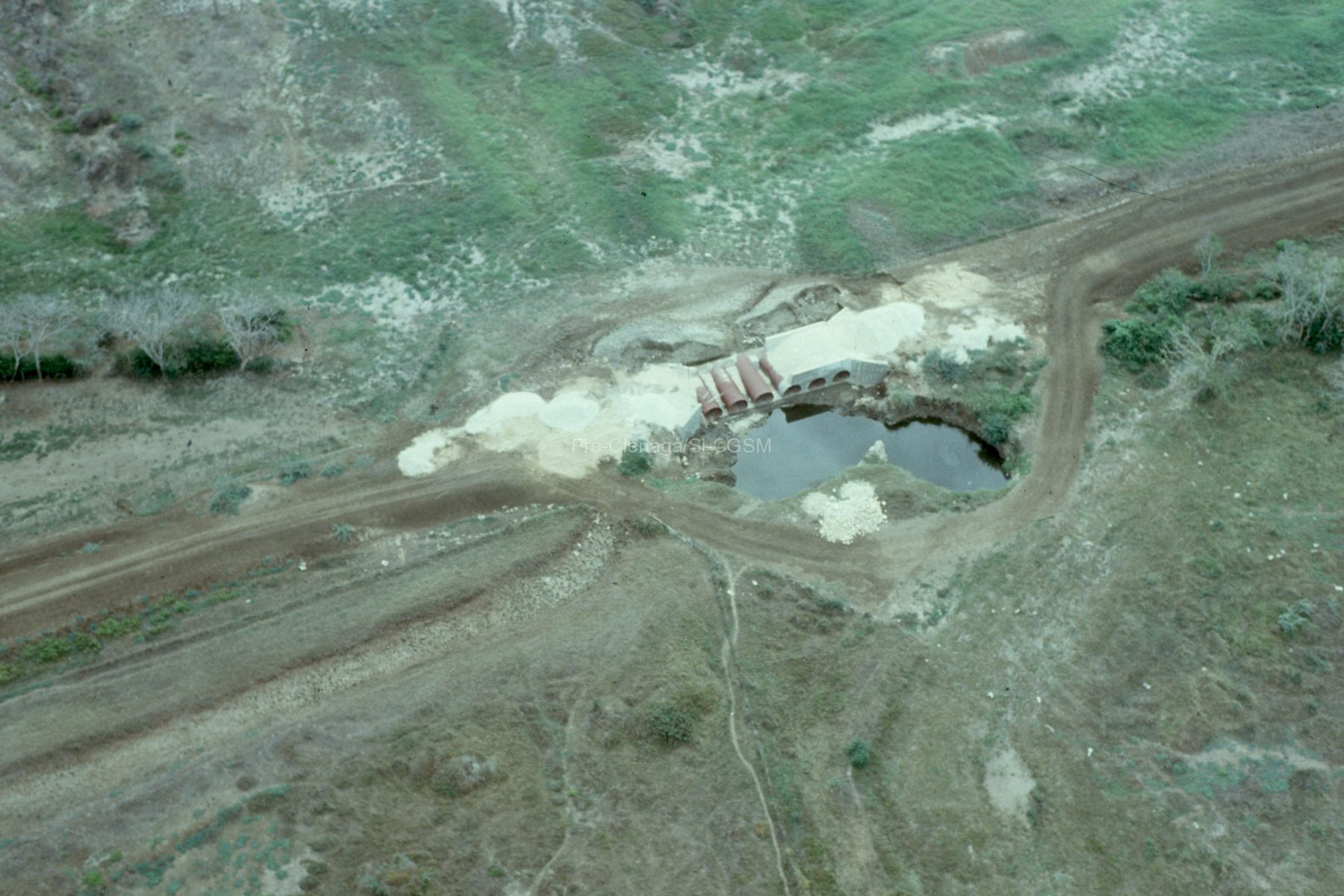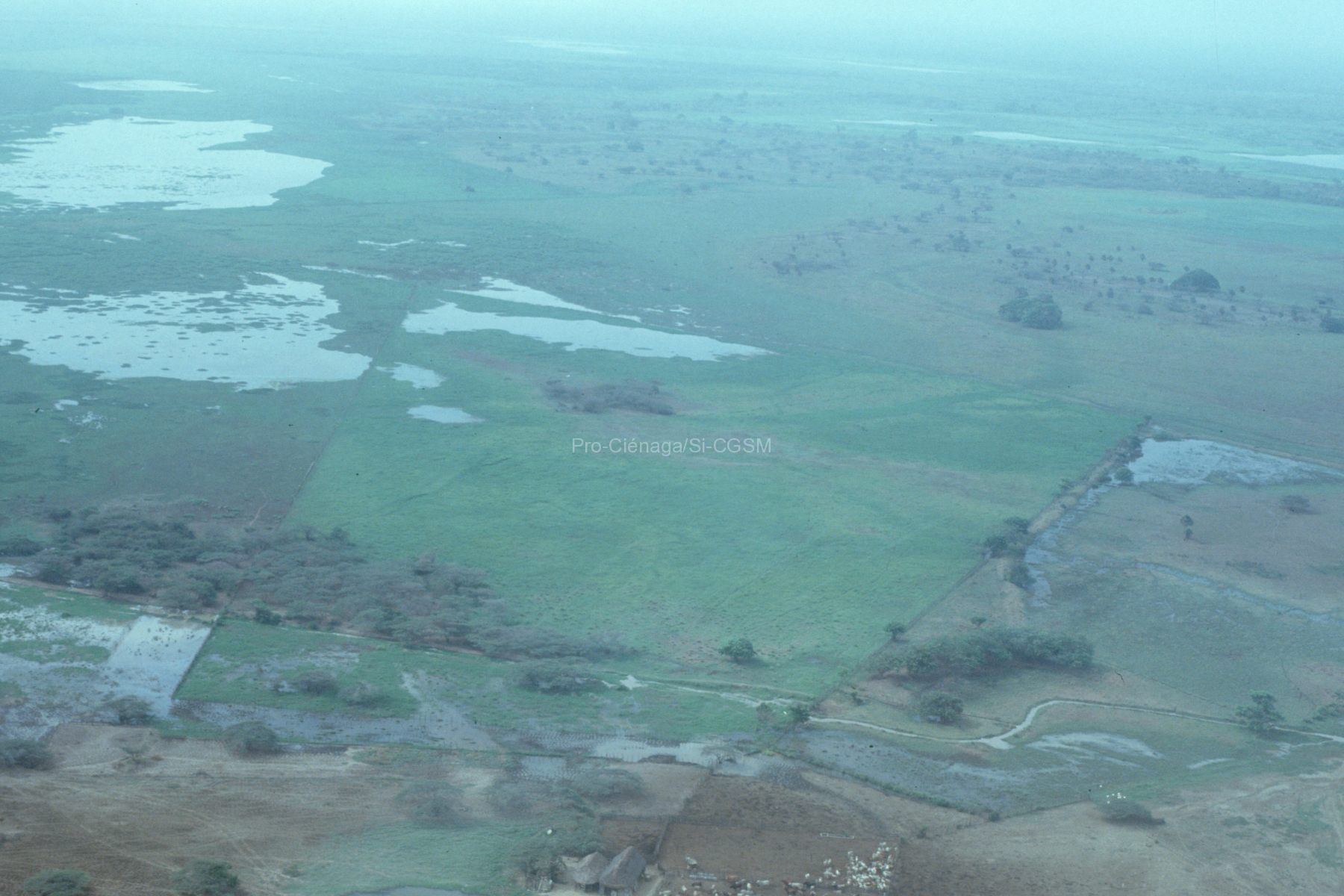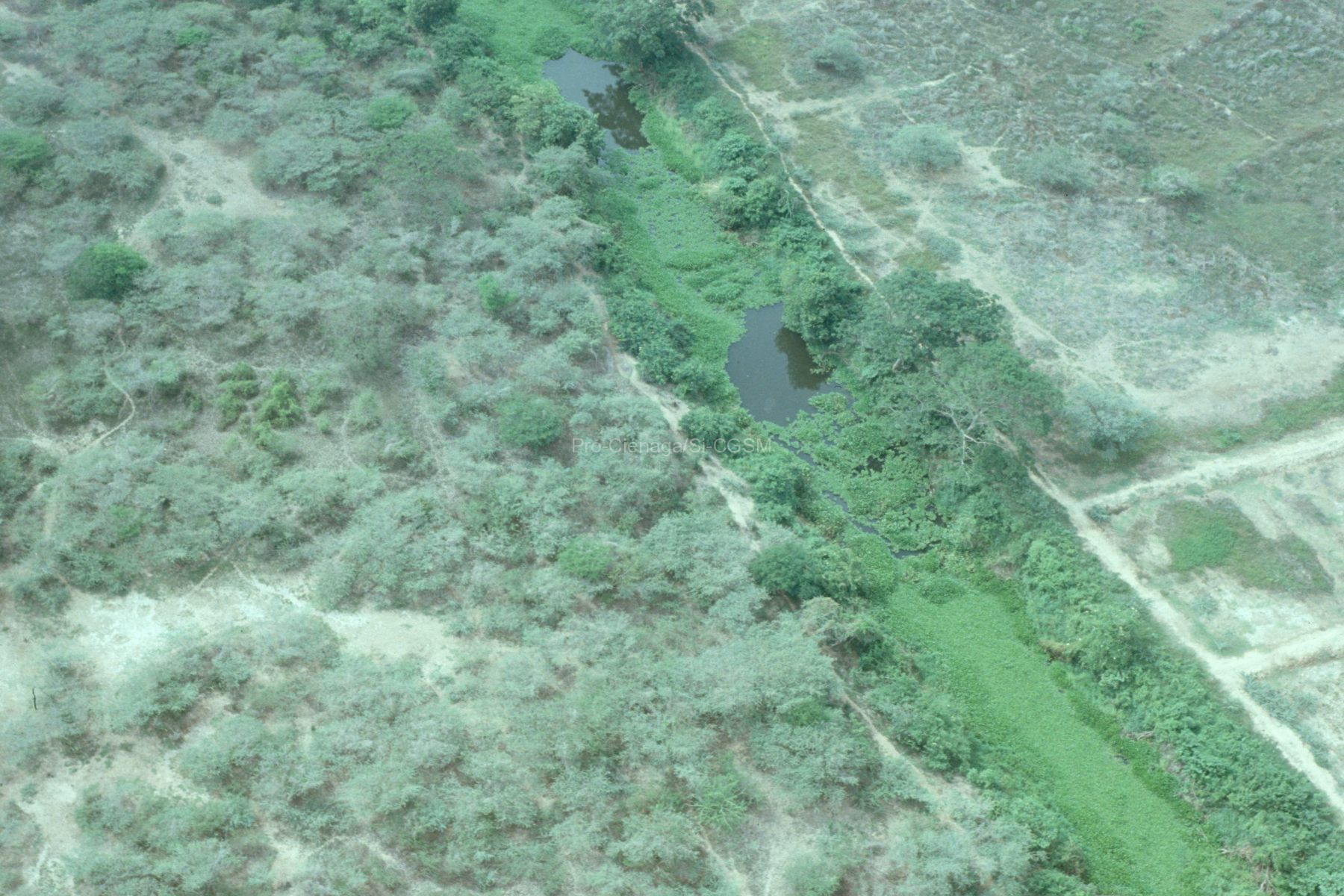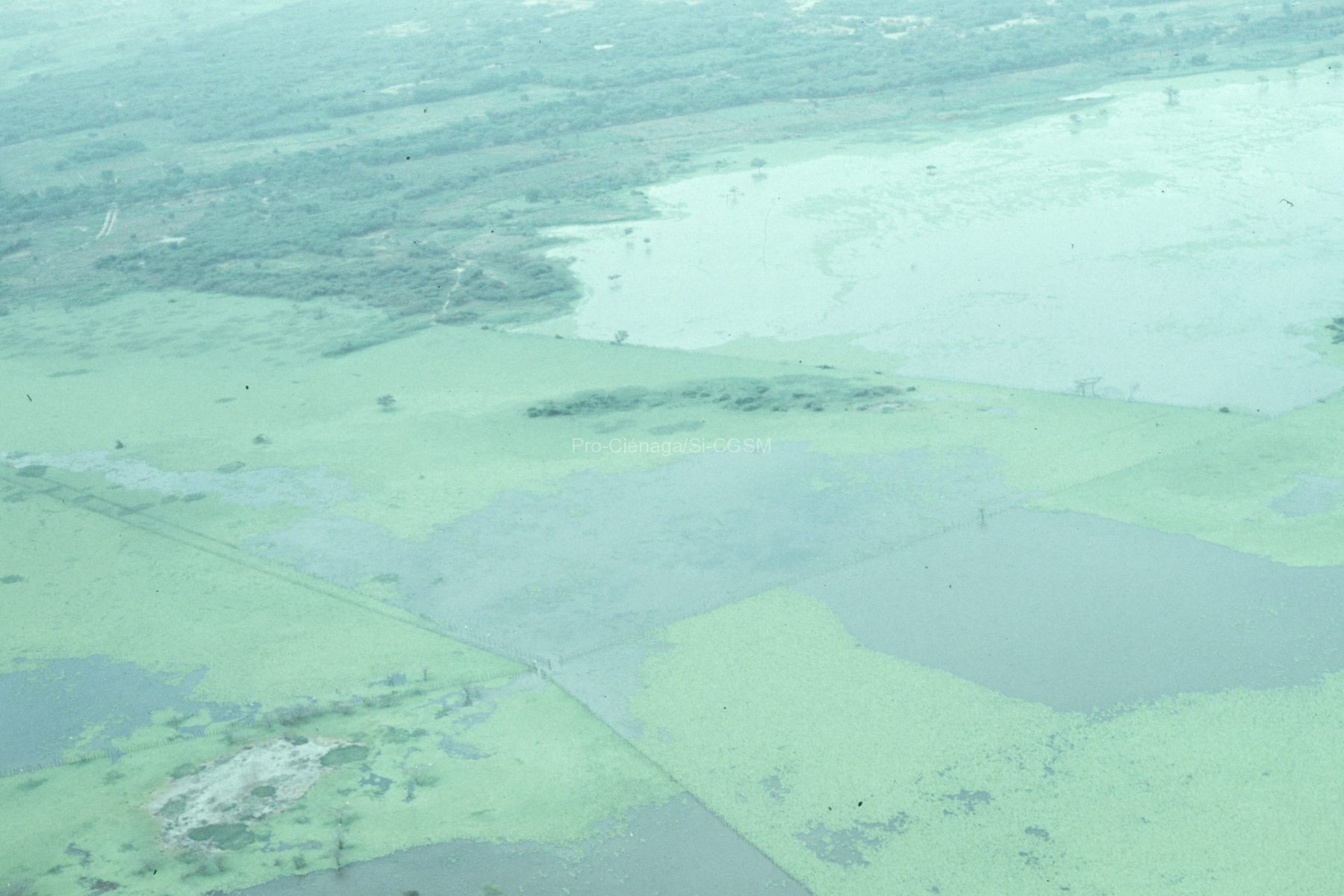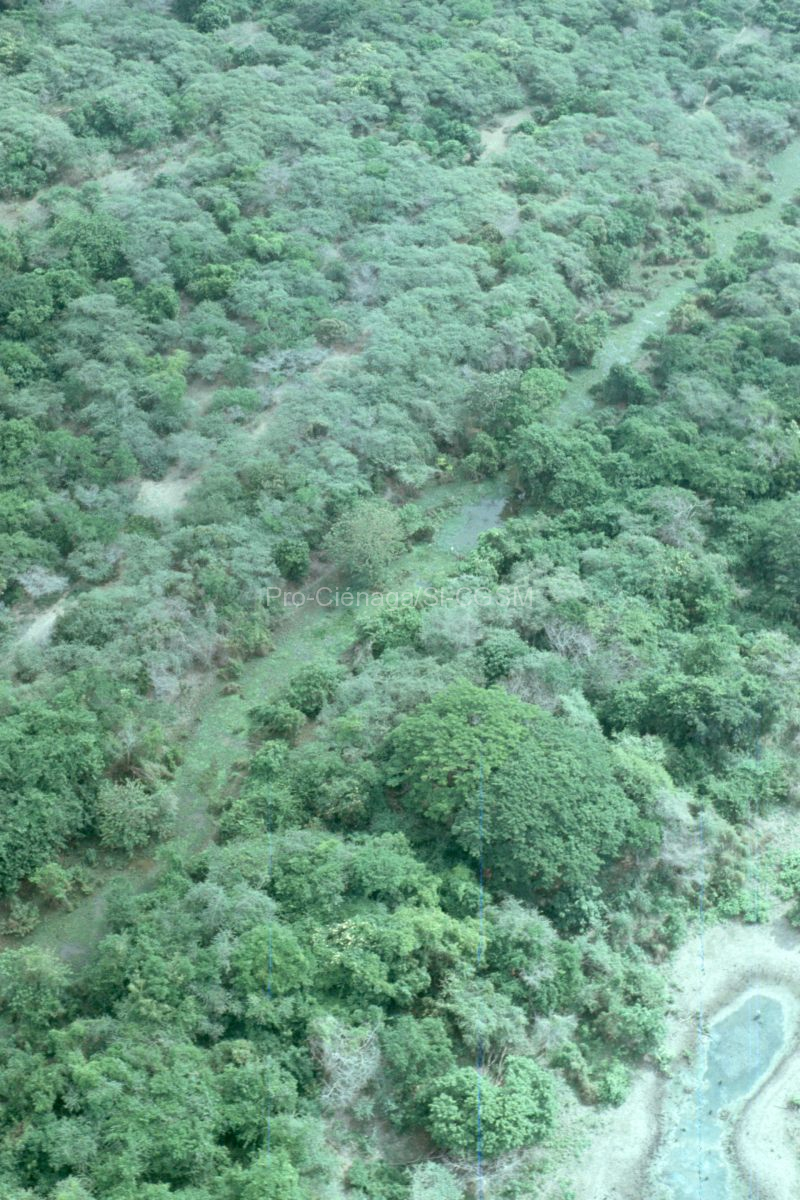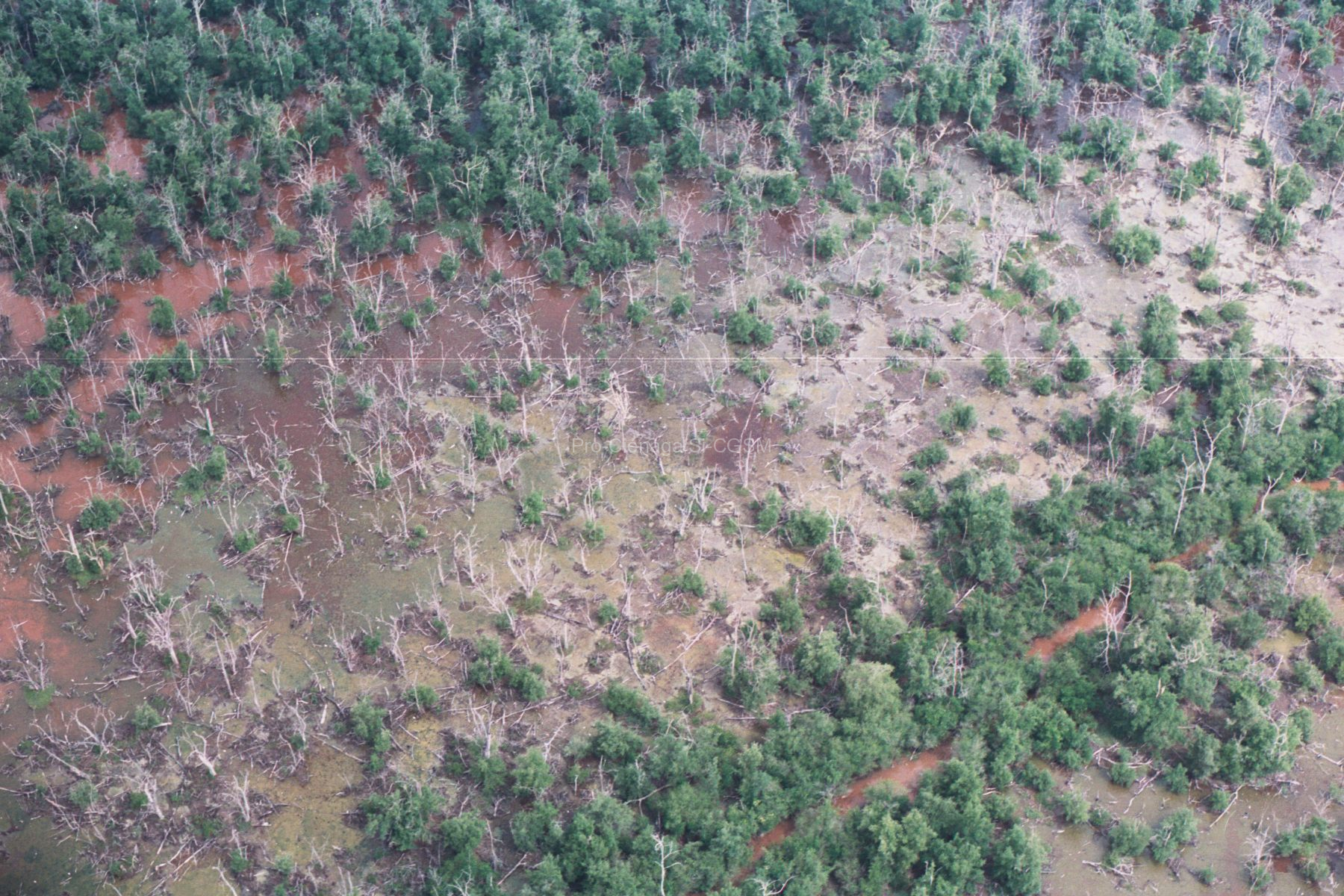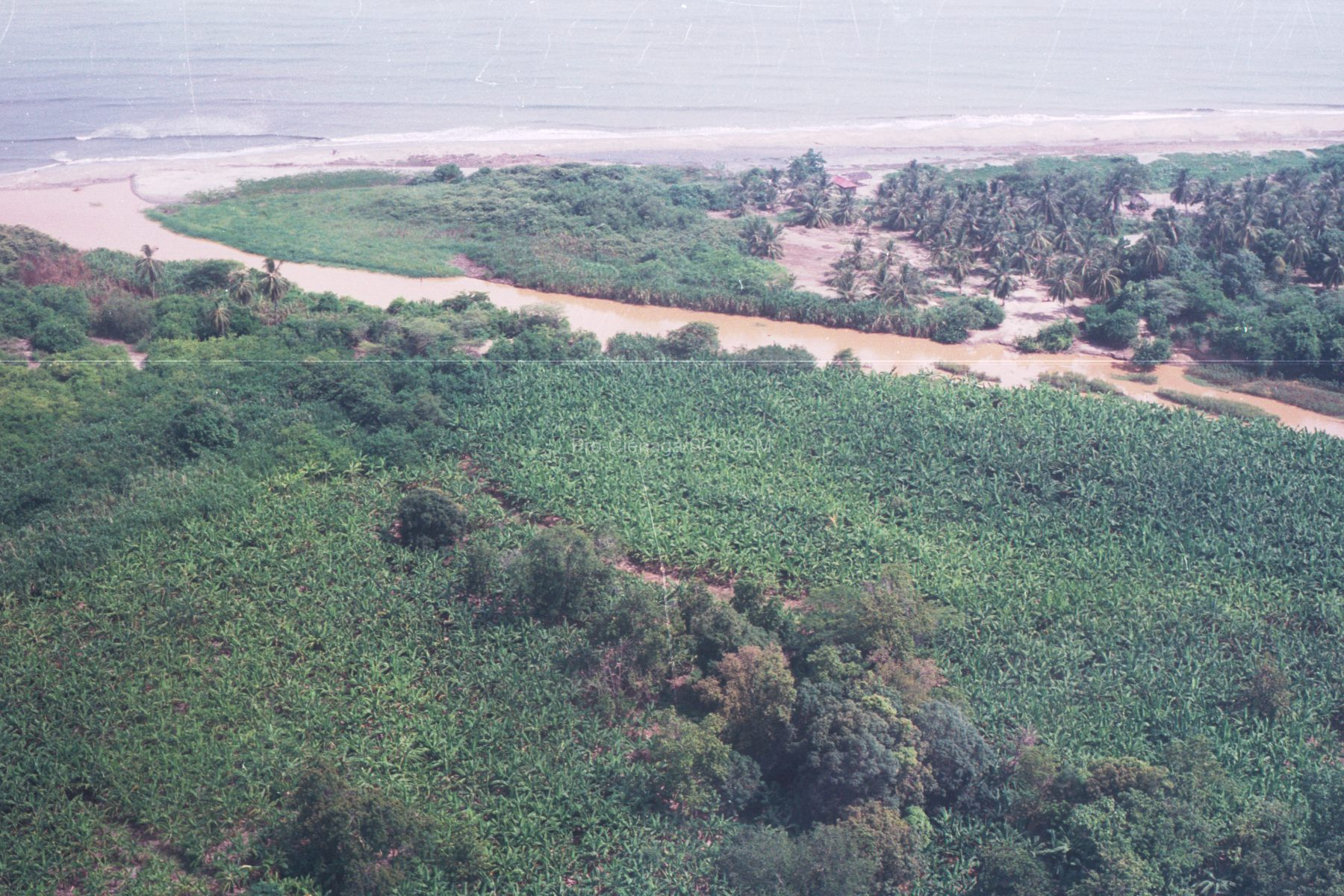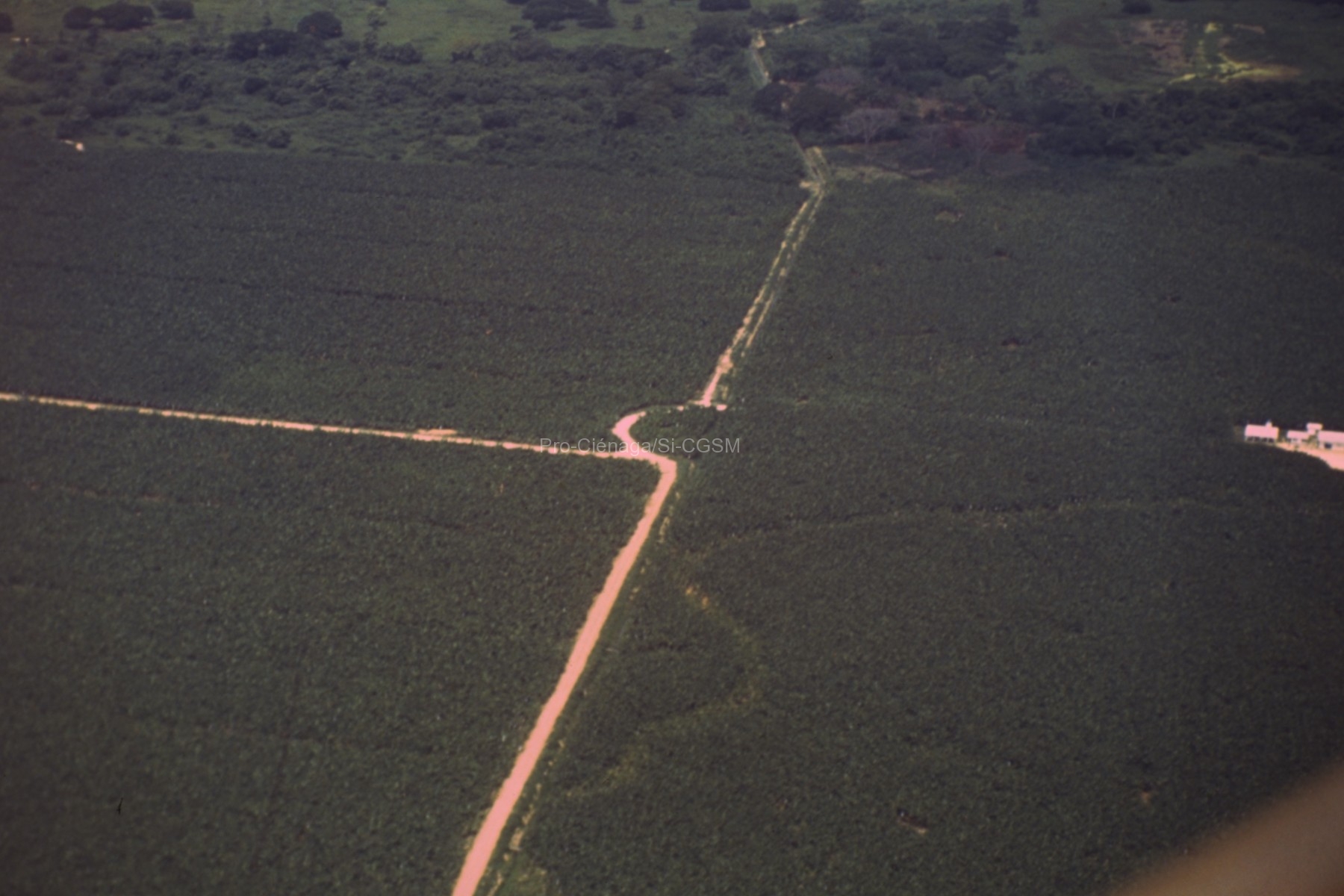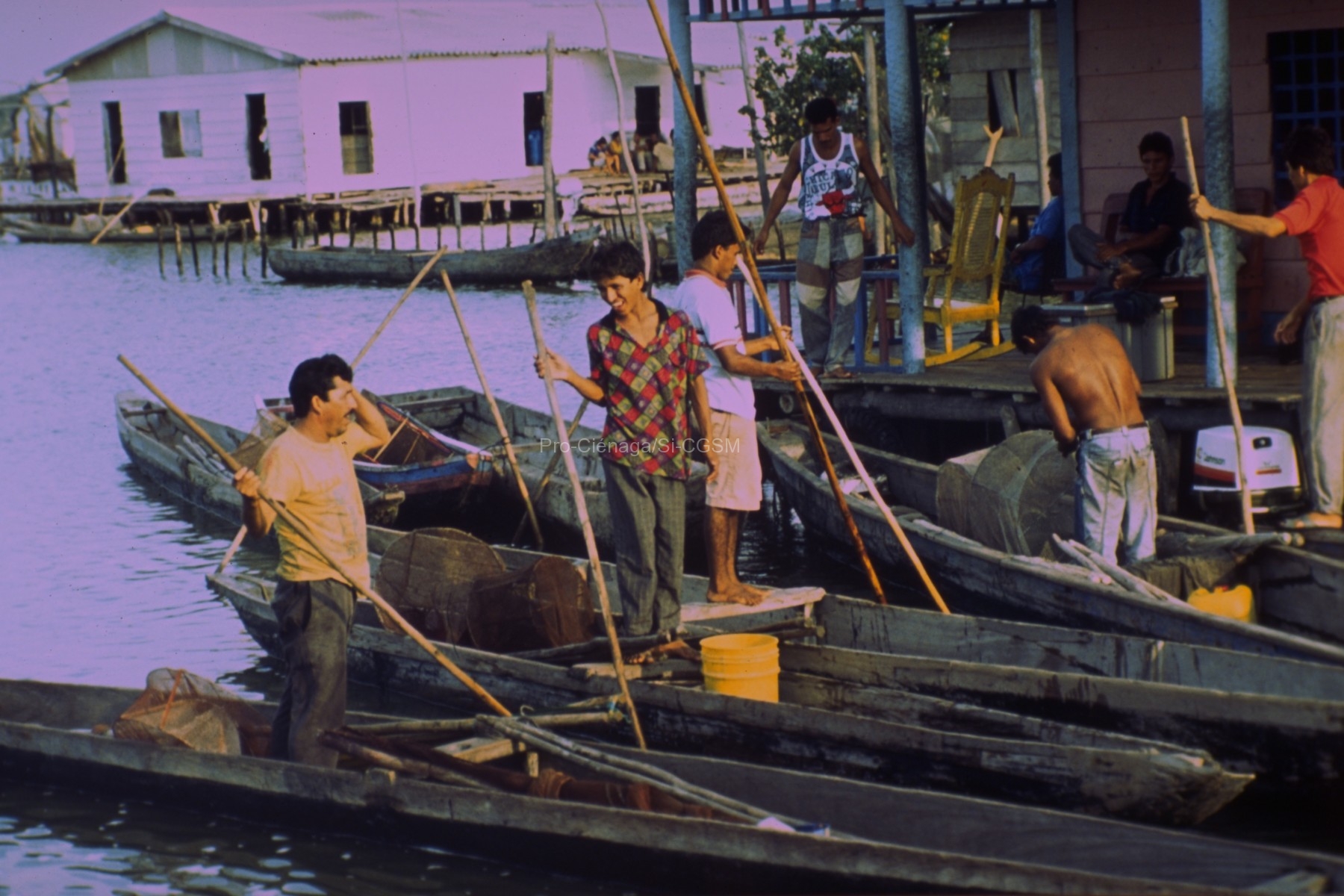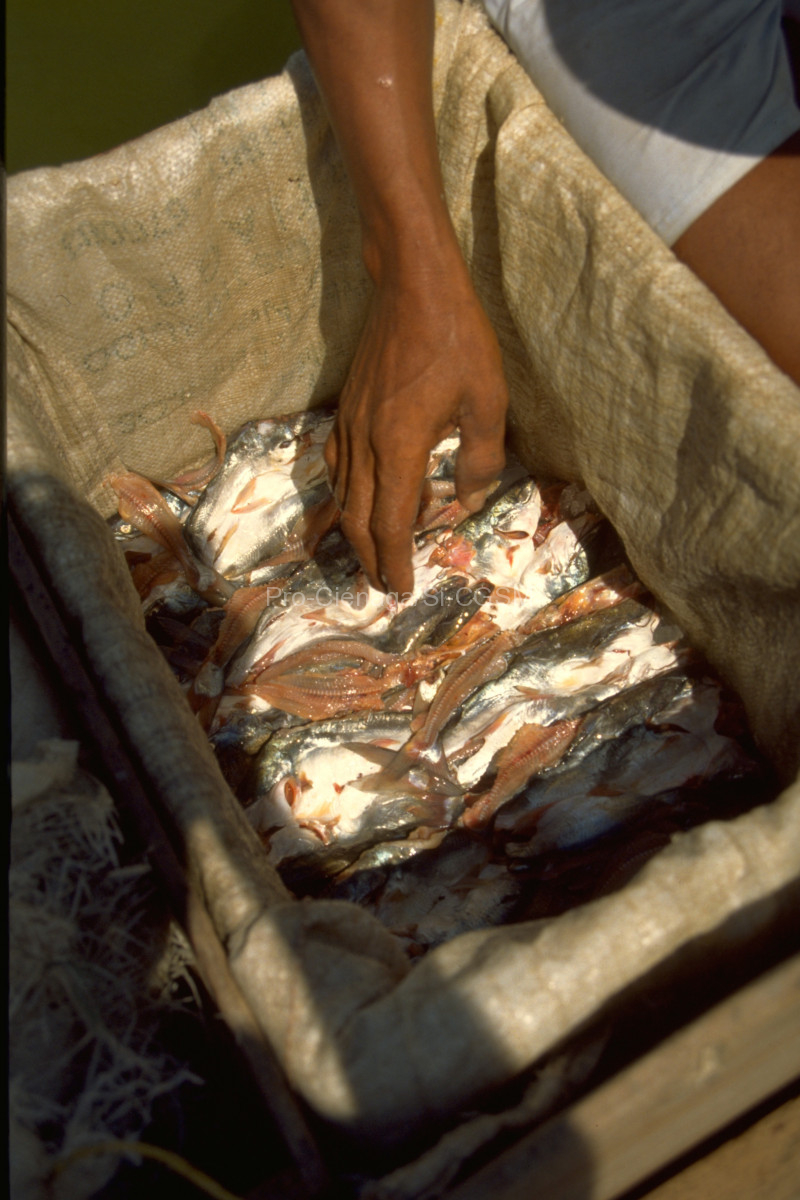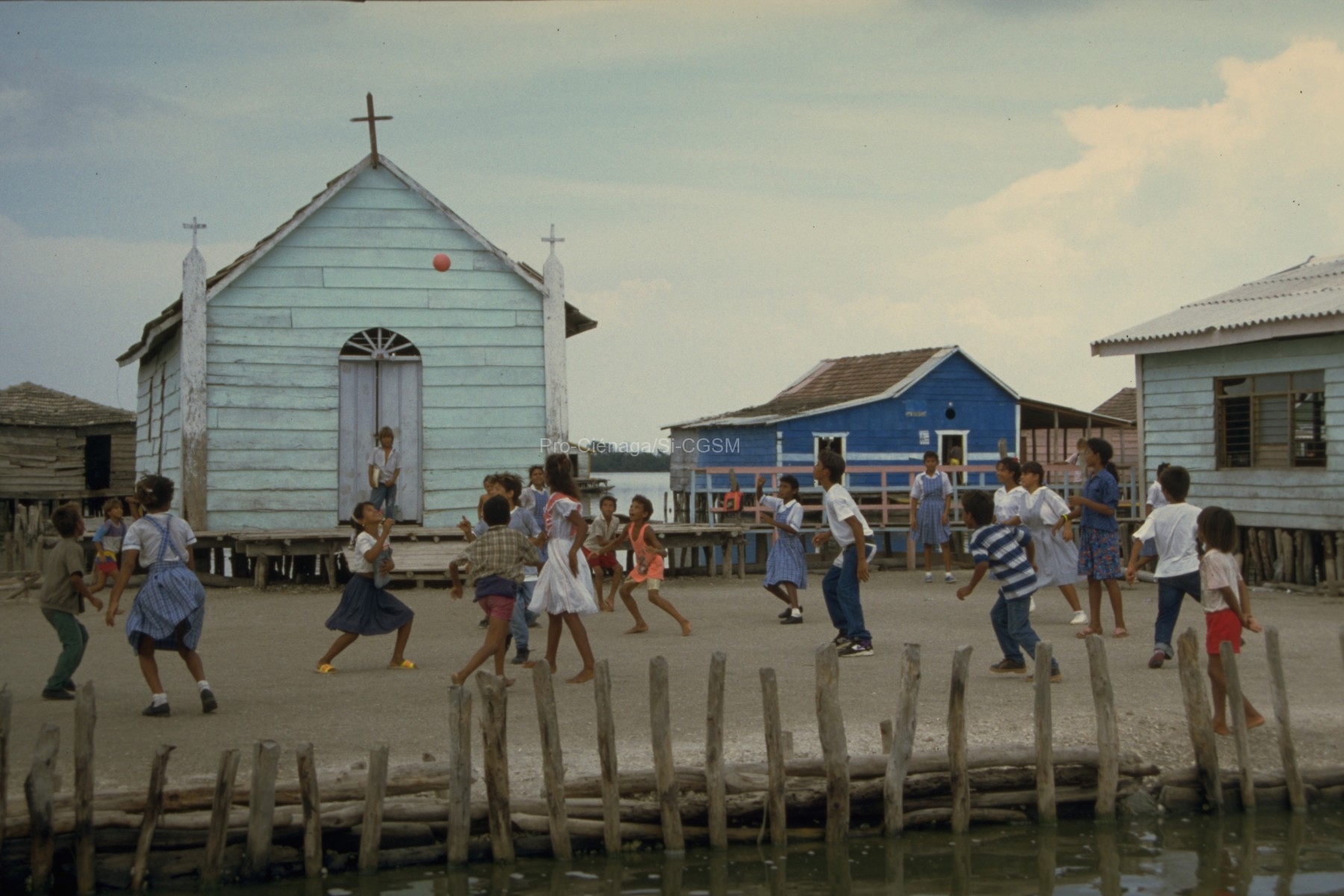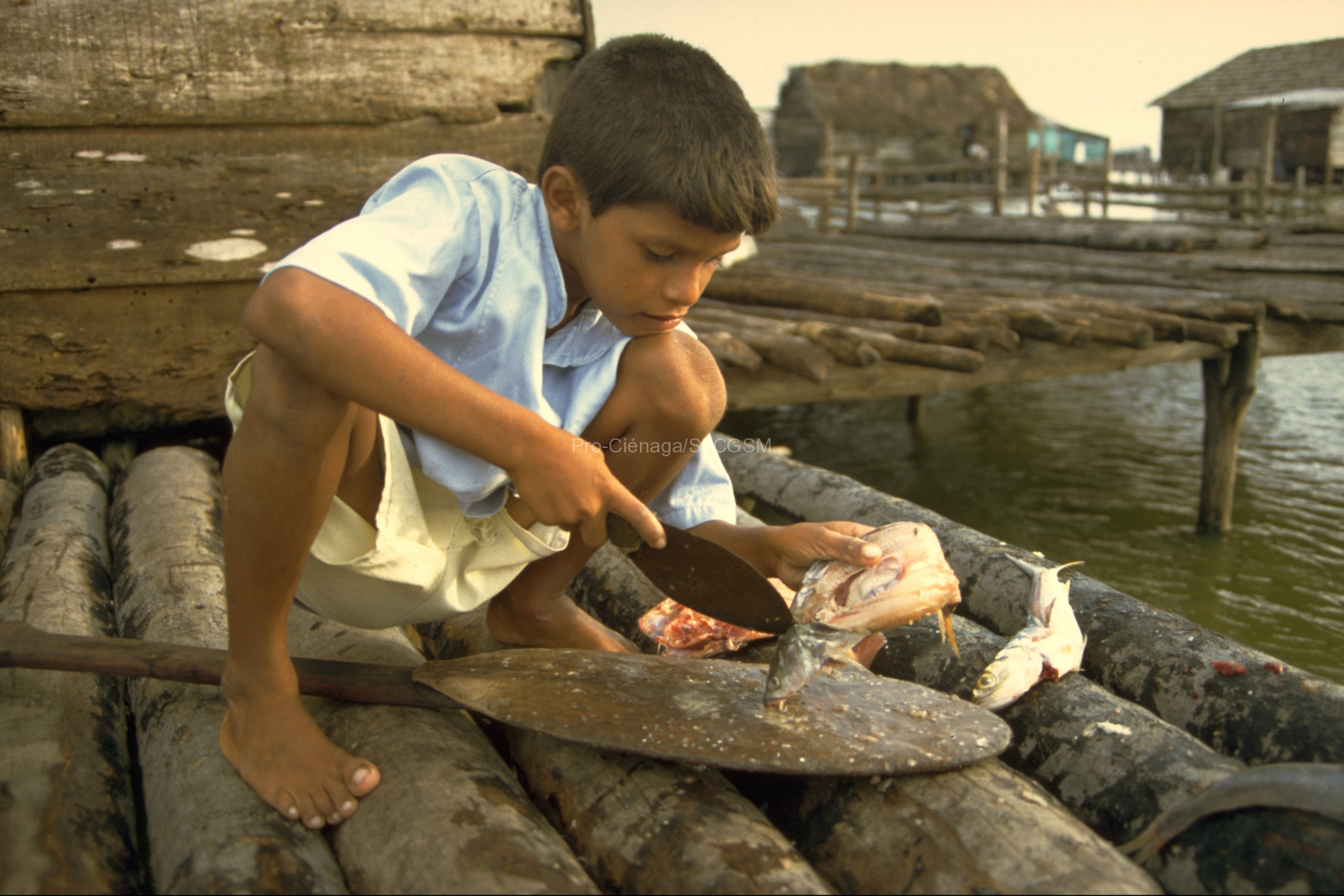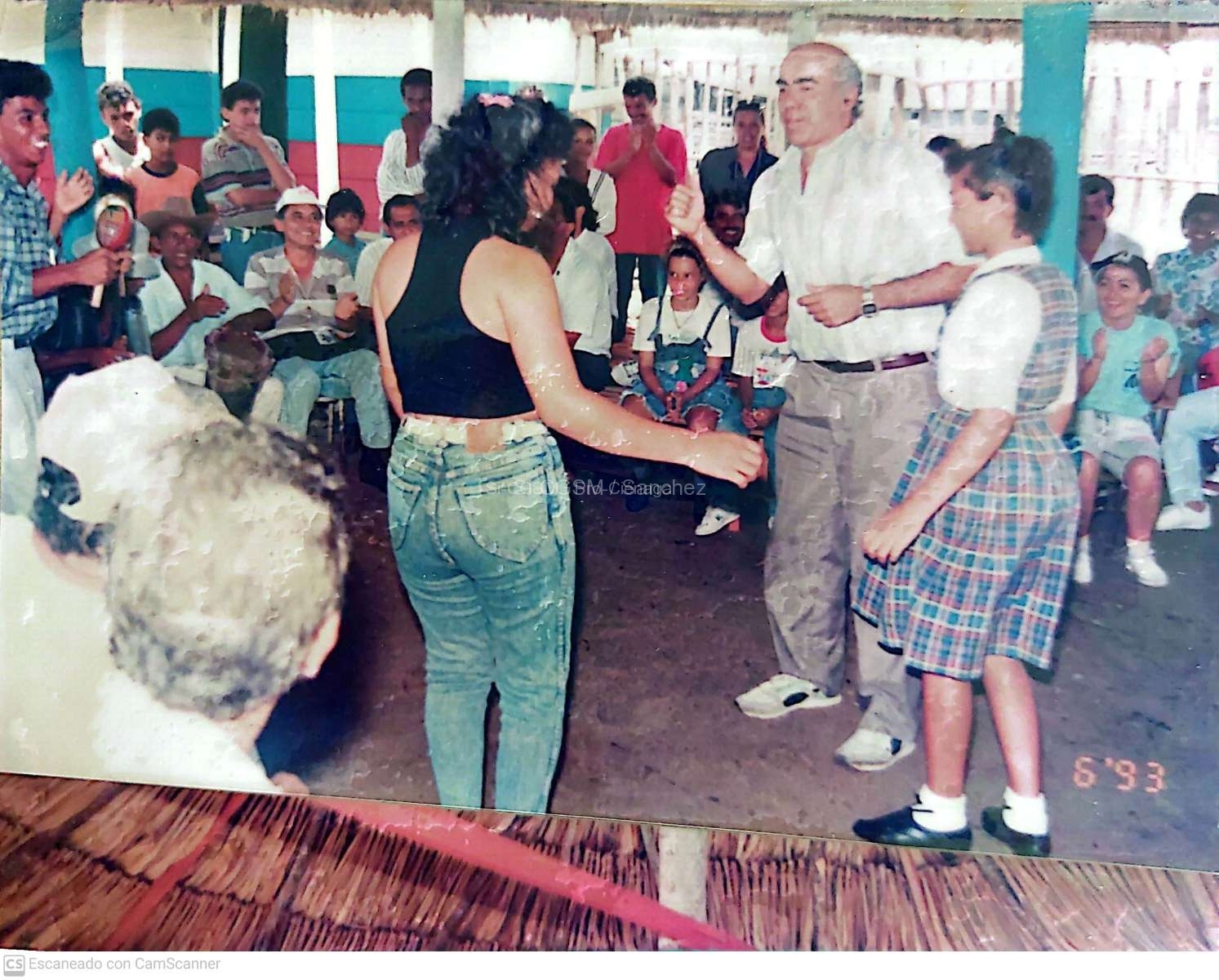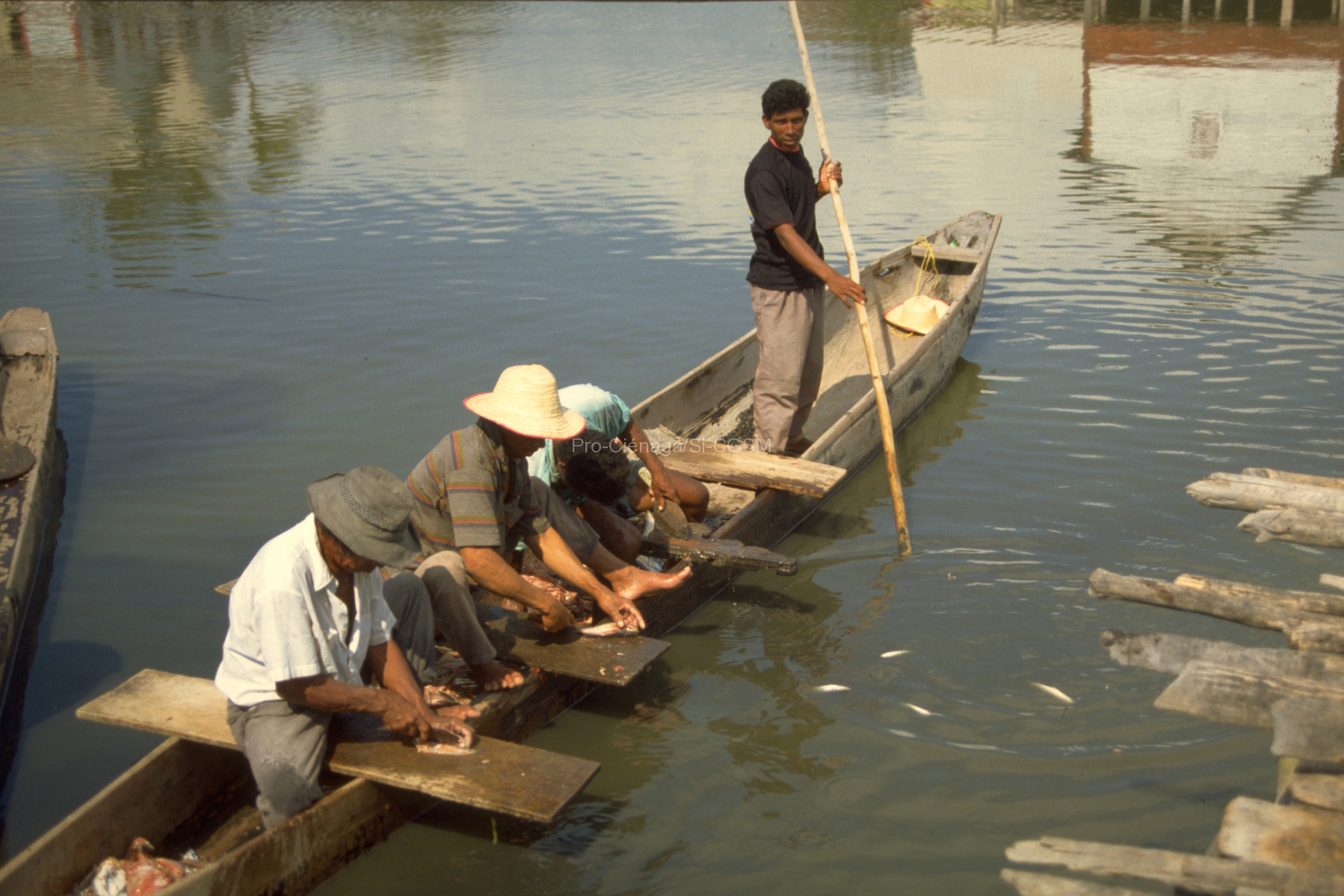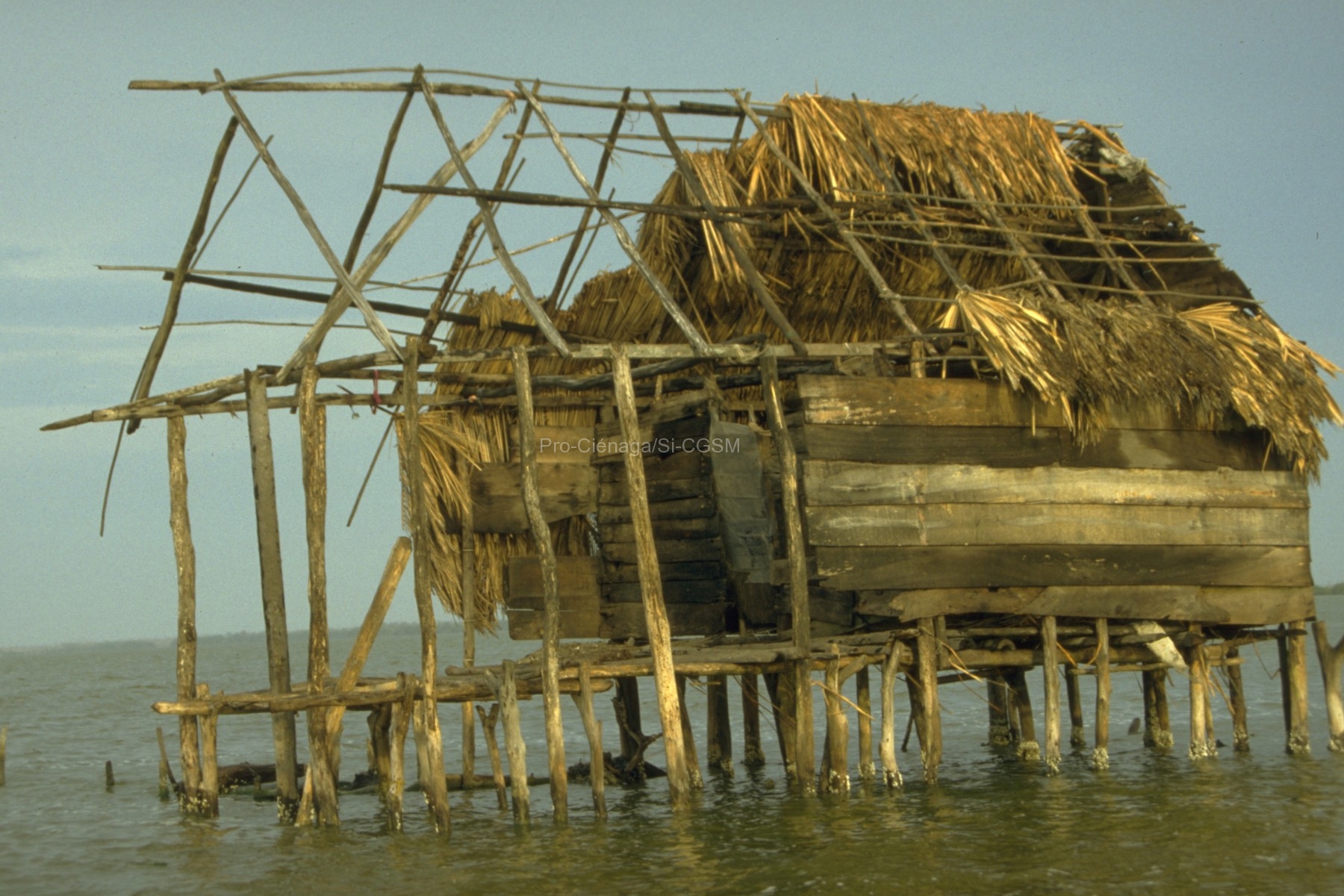https://repository.si.edu/bitstream/handle/10088/14921/USNMP-49_2123_1915.pdf?sequence=1&isAllowed=y
Se presenta una lista de especies de crustáceos colectados en el sector de la costa del Caribe colombiana desde la Ciénaga Grande de Santa Marta, hasta Santa Marta y poblaciones aledañas en 1913. Aquí solamente se consideraron las 21 especies reportadas para los sitios formando parte de la Ecorregión CGSM: Puerto Viejo, Punta Gruesa (no se ha podido ubicar en mapas recientes, se supone que queda cerca de Puerto Viejo), Fundación, Tasajera.
Introduction: …..It was with great pleasure, therefore, that the writer accepted an invitation to accompany the Walker Expedition, sent during the summer of 1913 by the Museum of Zoology, University of Michigan, to investigate the region about Santa Marta, on the southern shore of the Caribbean Sea…..Two days, August 22 and 23, were spent in the mangrove swamps along the Cienaga Grande on Tasajera Isla…..
Crustacean habitats: …..The mangrove swamps along the Cienaga Grande swarmed with fiddler crabs (Uca mordax and U. minax), which live in holes in the mud among the thickly crowded aerial roots. Sesarmas (S. roherti) climbed about over the mangroves, dodging beneath roots or into their holes when disturbed. These mangrove crabs have a habitat which furnishes them an abundance of food, but they often fall a prey to the herons and raccoons, which are extremely common……
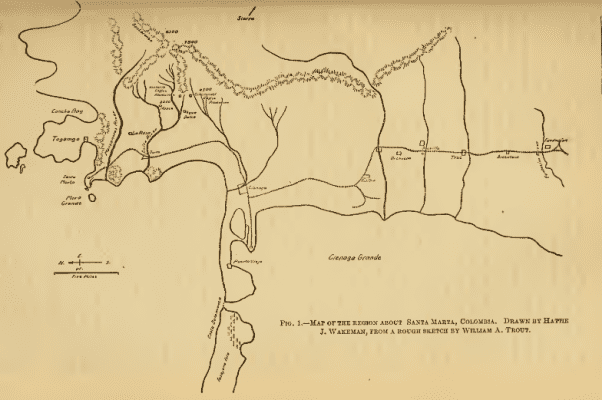
List of species:
COPEPODA
Prionodiaptomus colombiensis (Thiébaud, 1912) reported as Diaptomus marshi Juday. Quite common in a Birge-net collection from some pools at the edge of a marsh at Fundacion, August 15.
Acartia tonsa Dana. Collected at surface of Cienaga Grande at Tasajera Isla in a tow net at 9 o’clock in the evening on August 22.
Mesocyclops (Mesocyclops) leuckarti leuckarti (Claus, 1857) reported as Cyclops leukarti Claus, var. edax Forbes. A common species on the lowlands. Collected in Birge-net as follows: Artificial pond, Fundacion, August 9, 11; pools along railroad, Fundacion, August 11…….
CLADOCERA
Moinodaphnia macleayi (King, 1853) reported as Moinodaphnia macleayii Sars. In swamps, at Fundacion, August 11……………
Euryalona occidentalis Sars. In pools at edge of swamp, Fundacion, August 15……
Karualona karua (King, 1853) reported as Alonella karua (King). In pools at edge of marsh, Fundacion, August 15…..
Moina brachiata Jurine. Abundant in an artificial pool, Fundacion, August 9…..
Macrothrix laticornis (Jurine). In the marsh at Fundacion, August 11, and in pools along the railroad at Santa Marta, August 29. Cosmopolitan. -> BRANCHIOPODA
Pseudosida bidentata Herrick. In pools at border of swamp, Fundacion, August 15…..-> BRANCHIOPODA
OSTRACODA
Cypris perelegans reported as Paracypris perelegans Herrick. Common among ……….. and in the marsh at Fundacion, August 11, among floating aquatic vegetation.
ISOPODA
Venezillo gigas (Miers, 1878) reported as Cubaris gigas Miers. Nine specimens were collected under stones at Fundacion……..
DECAPODA
Macrobrachium acanthurus (Wiegmann). This was the only prawn collected at Fundacion, where it was common in the small sluggish streams; it was not found at any of the other localities visited. Eighteen specimens were collected. Female (46, 30, 42.3 mm. in length) carrying eggs taken on August 8 and 14….
Penaeus brasiliensis Latreille. A shrimp which is abundant in the Cienaga Grande. A number were purchased from a fisherman at Puerto Viejo. Most of them measured about 80 cm. long (Note: This must be a msitake and most probably should read mm). They have 10 (9) rostral spines and the antennular peduncle slightly exceeds the tip of the rostrum…..
Poppiana dentata (Randall, 1840) reported as Trichodactylus (Dilocarcinus) dentatus (Randall). This crab was common around the edge of swamps and in pools and intermittent streams at Fundacion. Near swamps they were often found in burrows under logs. These holes sometimes reached a depth of 20 cm. and often had no water in them. In the creeks the crabs were usually found under sticks or loose stones. The largest male collected measured 24.2 mm. long and 30.5 mm. wide; the largest female, 27 by 33 mm. Sixty-eight specimens were taken….
Sylviocarcinus pictus (H. Milne Edwards, 1853) reported as Trichodactylus (Dilocarcinus) pictus (Milne Edwards). A single male was collected under a pile of leaves in the Fundacion River August 12. It measured 10.4 mm. long by 11 mm. wide……
Trychodactylus quinquedentatus Rathburn. …..It also was common with T. dentatus at Fundacion around swamps and in small streams. Females carrying eggs were taken at Fundacion August 8 (1) and on August 11 (4). On the latter date a male and female were found together in a hole under a log. The largest female measured 19.8 by 23.5 mm. One hundred specimens were collected, the largest being a male measuring 20.9 by 25.5 mm……
Callinectes ornatus Ordway. Parts of shells left by raccoons or herons were common in the mangrove swamps at Punta Gruesa along the Cienaga Grande…..
Armases roberti reported as Sesarma roberti Milne Edwards. These crabs had burrows among the mangroves at Punta Gruesa. They walked about over the roots or climbed in the trees. Three specimens were taken which show the following measurements in millimeters:

Minuca mordax (Smith, 1870) reported as Uca mordax (Smith). Common in holes in the clay flat at the mouth of the Manzanares River, where it associated with Cardisoma guanhiumi, and at Punta Gruesa in holes in sand, under logs, and among mangrove roots. On August 29 a female carrying eggs was captured at the first locality mentioned. Thirty-five specimens were preserved. The largest male measures 12.5 by 18.8 mm.; the largest female, 10.2 by 14 mm….
Minuca minax (Le Conte, 1855) reported as Uca minax (Le Conte). Abundant in the mangroves at Punta Gruesa. Eighteen specimens were taken. Size of largest male, 20.5 by 29.8 mm.; female, 16.1 by 22.8 mm….
Ocypode quadrata (Fabricius, 1787) reported as Ocypode albicans Bosc. Common on the sandy beaches at Santa Marta and 1 mile north of Punta Gruesa; burrowing in holes along the ocean…..

